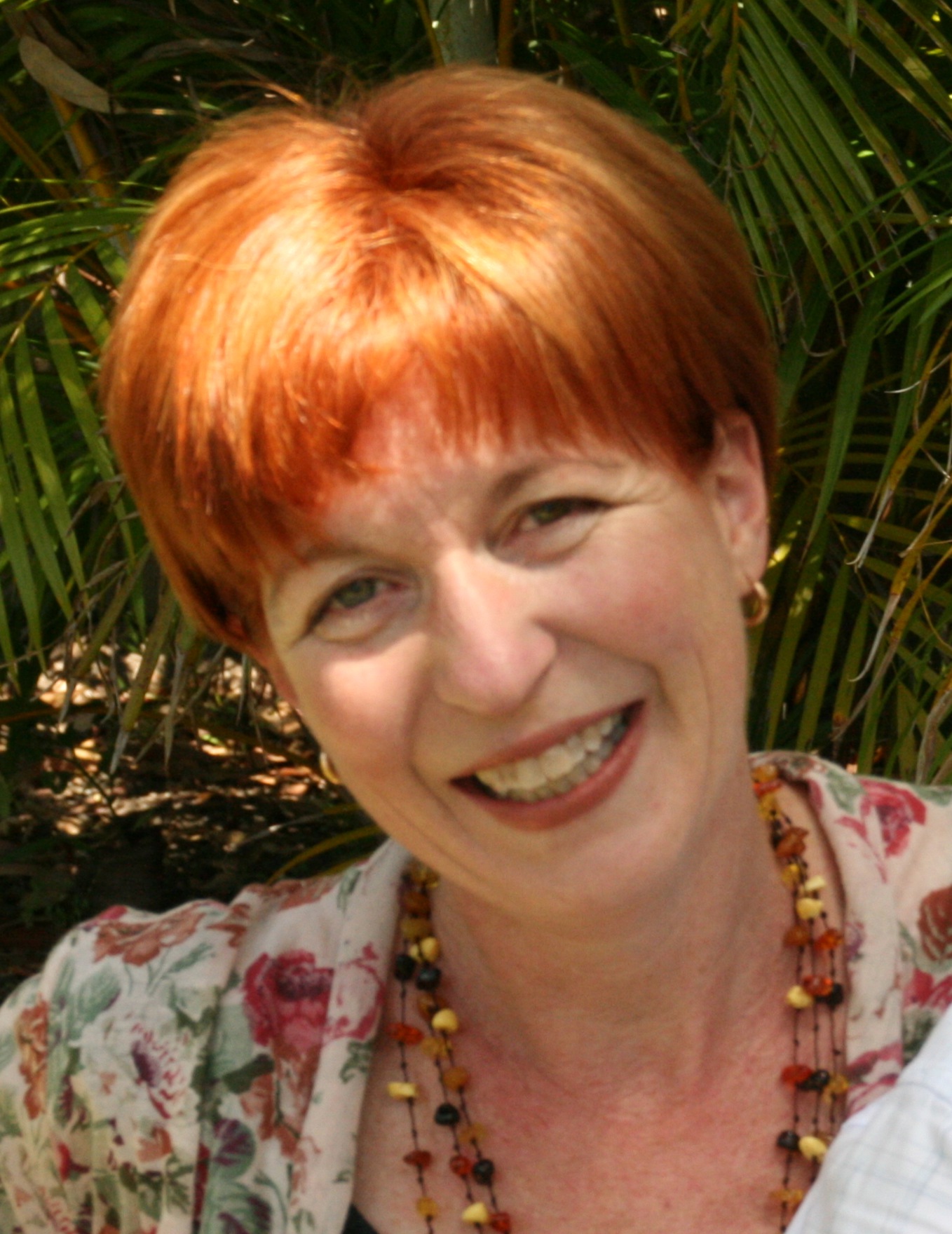10 March 2022
Healthcare unplugged: how flood GPs just keep swimming

Days after Lismore’s record-breaking floods swamped her clinic on Feb 28, destroying all computer systems, servers and backups, Dr Nina Robertson was treating her patients from a hastily-assembled temporary practice at the evacuation centre at Southern Cross University.
“I’m seeing people with bruises and cuts and infections and even chemical burns, from contaminated clean-ups, I’m giving lots of tetanus shots and also clinical follow-up from before the flood,” she says.
A spokesperson from the NBN said that they have set up equipment and portable generators at emergency centres and locations in Northern NSW providing free power and wifi.
“NBN temporary network infrastructure includes a Network on Wheels, Hybrid Power Cubes or Multi-tech Trailers. Portable infrastructure includes our Road Muster trucks and Fly Away satellite kits, which offer free wifi connectivity via our SkyMuster satellite service.”
The NBN is still inaccessible in parts of northern NSW, but Dr Robertson now has patchy wifi, and with most mobile phone towers operating again, doctors can hot-spot from their mobiles, and a couple of borrowed laptops run the practice management system – though without all their patient records.
Scripts are handwritten, and with limited internet access, each interaction with patient data comes with a time lag.
“We need to be able to check results of any tests we order here at the evacuation centre, track our referral pathways and liaise with all the government health systems, from My Health Record to Medicare to immunisation records, slowing everything down,” she says.
The reality of 2022 medicine is that nearly every interaction has an online component, and as we enter the era where climate extremes hit home, we’re likely to see more and more displaced clinics operating with makeshift workarounds.
Floodwaters 14 metres high
More than 75 per cent of local general practices in Lismore were closed during the floods, but people still needed to access care and get prescriptions filled – fortunately many were able to access the local PHN GP telehealth service – if they had a phone with coverage.
Dr Robertson is one of almost a dozen GPs at Keen Street Clinic, a site two streets back from Wilsons River that has previously escaped even the highest floods recorded in 2017.
The clinic had detailed flood plans to deal with patient access, lack of power and communications – but not total submersion.
“I’ve been through many, many floods and in 70 years, this clinic has not seen one drop of water. This was three metres higher than we have ever seen,” she says.
She says after all equipment was submerged in highly-polluted floodwater for two days, the clinic faces losing all of their patient records, despite the best efforts of her local technician and data recovery experts in Brisbane.
Following days of intense rain, the river spilled over 10 metre-high flood levees, rising steadily across Lismore’s central business district, but medical practices further away from the river were more fortunate.
The Prema House Medical Centre is more than a kilometre from the flood levees, as the road starts to climb uphill, but practice manager Cate Nesbitt says the rising waters still came alarmingly close – within a metre and a half of the floor.
“Normally our backups are in a fireproof, flood-proof safe, but one of our employees who lives up the hill took another backup from the previous night, off-site with him,” she says.
The clinic has now re-opened with limited hours, but with all equipment removed to higher ground, and power outages an ongoing issue, scripts and referrals are handwritten and there’s a lot of extra work to be done to find, record and follow up patient information.
Ms Nesbitt said that with no internet for nearly a week and limited, data-free mobile reception, she has struggled to keep in touch with staff, manage the clinic’s data needs and let patients know when they would open, relying on handwritten signs and Facebook posts.
With hacking and internet security a hot-button issue, many GP practices are wary of backing up sensitive patient data to the cloud – something Ms Nesbitt says she’s now considering.
“I’m still a bit hesitant to be honest, but we will look into how we can set up a system remotely,” she says.
“At least half of our patients are doing telehealth consults because they can’t get to us, but we couldn’t open safely until four days after the floods when the waters had gone down a fair bit and the side road was open.”
PHN GP telehealth filling essential gap
When previous mid-north coast NSW floods in 2021 shut practices and isolated patients, the Healthy North Coast Primary Health Network established a GP telehealth service for patients who couldn’t access their regular practice, which also offers after-hours care.
The service is currently doing 70-90 consultations a day.
“In an emergency or rapid response situation, such as the current floods, having community awareness already established for an existing digital health service that can rapidly scale up to support patient care when local services are impacted is critical to disaster preparedness,” says Julie Sturgess, who is CEO of Healthy North Coast PHN.
“It is too late to establish a new service pathway when an emergency event is already underway — communities and the local care workforce need alternate virtual health infrastructure to be available from day one.”
Ms Sturgess says that connectivity issues hampered the response effort, bringing our reliance on digital communication channels into sharp focus. But, she says that the community-led use of social media platforms like Facebook and Whatsapp became a vital crisis strategy for the region, and the need to stay online will guide the PHN’s future disaster plans.
“Even organisations like ours that are not traditional first responders [will] look at opportunities like satellite communications,” she says.
Multiple Fail-safes for the future
Dr Robertson says that her clinic’s new flood plan will have multiple fail-safes.
“The scale of this flood was catastrophic. Our future plans include having a shipping container on standby and a truck that could take everything out of the clinic.”
She says that despite primary health care being an essential service, local PHNs not invited to contribute disaster planning.
“There’s still a lot of work to do, to involve GPs and primary care in disaster plans so that people’s immediate health needs are met, but also that health impacts don’t compound exponentially,” she says.
“If you haven’t yet gone through disaster, think about doubling or tripling your preparations, have a number of options, because although Lismore is used to floods, we were all taken by surprise.”

